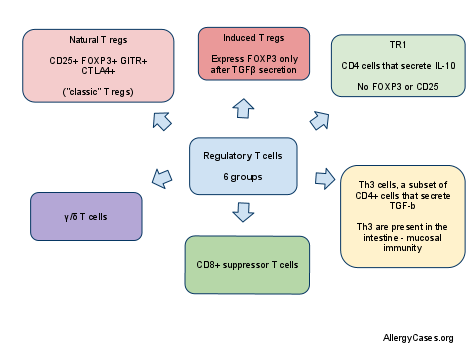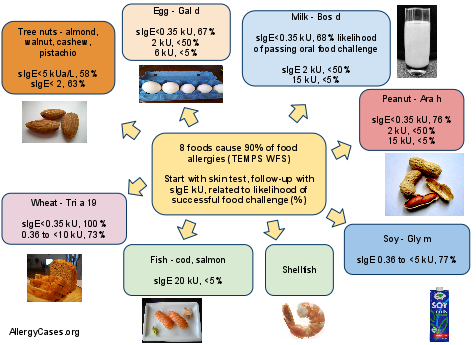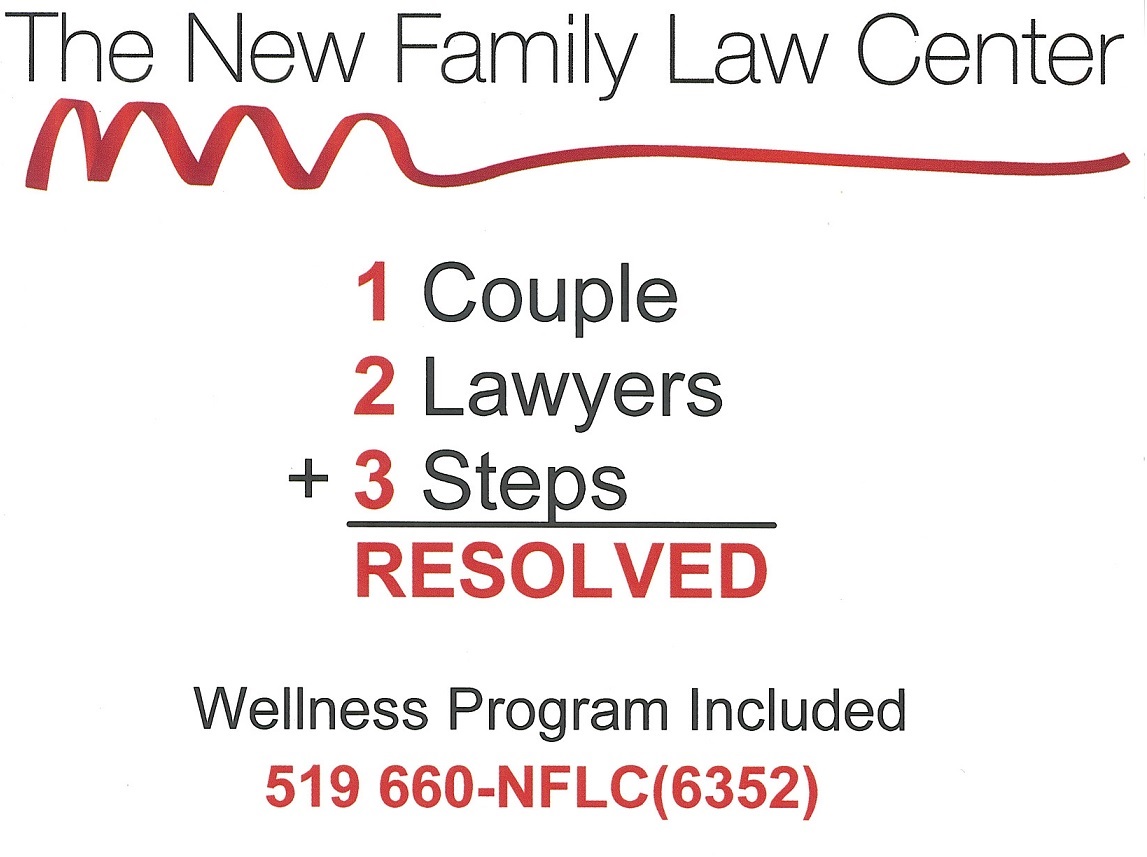I subscribe to Allergy Notes, an excellent allergy and asthma blog written and updated daily by Dr. Ves Dimov, an Allergist/Immunologist and Assistant Professor at the University of Chicago. I received this article from Allergy Notes today, which is reprinted with permission:
Peanut (PN) and tree nut (TN) allergies cause 50% of all deaths from food-related anaphylaxis.
Over the last two decades, the prevalence of peanut and tree nut allergy has increased throughout the Western world. Adverse reactions to these foods account for over 50% of all deaths resulting from food-related anaphylaxis. Until recently, evidence suggested that all peanut and tree nut allergy were permanent. It is now known that about 20% and 10%, respectively, of young patients outgrow peanut and tree nut allergies.
Markers of tolerance
Achieving tolerance is associated with:
Regulatory T cells – 6 groups have been described as of year 2010.
Clinical predictors of tolerance
However, reliable predictors of resolution are not yet available. Physicians try to make a correlation between skin test wheal size and allergen-specific IgE, at the time of diagnosis and likelihood of resolution.
Resolution of peanut or tree nut allergy cannot be determined conclusively by either allergen-specific IgE analysis or by skin prick testing.
Oral food challenge is the gold standard for determining resolution of food allergy. Food challenges should only be undertaken in a clinical setting fully equipped to deal with a potential severe adverse reaction.
8 top allergens account for 90 percent of food allergies. Specific IgE levels (sIgE) that predict the likelihood of passing an oral food challenge are shown in the figure.
8% of peanut allergy recurs after resolution.
8% of patients who outgrow peanut allergy may suffer a recurrence, but recurrent tree nut allergy has not been reported to date.
Therapy is still only experimental.
Induction of tolerance through oral immunotherapy (OIT) or sublingual immunotherapy (SLIT) is now studied, but remains experimental. Studies have reported short-term desensitization to peanut, but ongoing follow-up will determine if tolerance is achieved long term.
References:
How do we know when peanut and tree nut allergy have resolved, and how do we keep it resolved? Clinical & Experimental Allergy, 2010.
Basophil Activation Test (BAT) Helps Predict Safety of Oral Challenge in Milk Allergy
Re-posted with express permission of Allergy Notes.
* If you enjoyed this post, I would love for you to use the “Sharing Is Caring” bar (below) to share this post via Facebook or Twitter. If you’re reading this as an e-mail message, you need to jump over to my blog first by clicking here.











The article you wrote is very interesting.
My 12 year old daughter has a tree nut allgery, and has had only one reaction when she was 8. She is now letting this situation run her life, she is afraid to do anything or go anywhere for fear of dying. Do you have any suggestions as to dealing with her phobia, she is a strong and confident girl but when it comes to this subject there is no rationalization to her thinking
help!